The teeth of our close cousin the Neanderthal developed at a similar rate as our own, new research shows. Raising questions concerning why the Neanderthals died out.
In a small area in northeastern Italy, researchers found three baby teeth derived from three Neanderthal children who lived between 45,000 and 70,000 years ago.
In the same way that trees have annual rings, teeth have growth lines. The researchers examined the cells in the enamel of the baby teeth, which shows how fast the teeth have grown. The researchers discovered that Neanderthal infants grew at the same rate as humans, and they cared for their children in the same way that we humans do.
“Modern people introduce solid foods around six months when the child needs more energy. Our research shows that Neanderthals also began weaning children from breast milk at that age and providing food”
– Allesia Nava from the University of Kent, UK, and one of the researchers behind the study.
The new findings indicate that Neanderthal infants had the same energy needs as human children. The results also suggest that the newborns of the Neanderthals probably had the same weight as modern infants.
“The development curve in small Neanderthal children was similar to that of modern man”
– Alessia Nava.
The discovery is interesting because there is a hypothesis that the Neanderthals died out in competition with humans because they had a slower rate of reproduction, that they had children less often than Homo sapiens. This would have been due to the fact that their development from birth to adulthood was slower.
This hypothesis is based on an earlier finding from Neanderthals’ baby teeth that showed that babies were turned away from breast milk later – at seven to nine months of age. This means that women at that time were not as fertile as humans.
But the newfound baby teeth from Italy show that this is not the case. The fact that Neanderthal babies stopped breastfeeding at about the same time as modern babies suggest that Neanderthal women could have children as often as we do.
“Our results thus do not support the hypothesis that a long infertility after childbirth was a contributing factor to the extinction of Neanderthals”
– Alessia Nava.
Although only three baby teeth are not enough to draw a definitive conclusion. But it is interesting that the weaning process from breast milk is so similar to how we humans work. It is a fundamental part of our biology and shows how similar the Neanderthals were.
Another hypothesis to why the neanderthals died out is that they simply traveled and lived in smaller groups, each interaction with homo sapiens would hence have been in a numerical disadvantage which over time makes for a big impact.
For the past 150 years, we have gone from seeing Neanderthals as wild cavemen to being a species that is very similar to us, albeit just a little different. The more we learn about them, the more similar they become to us.
The new study is published in the journal PNAS.
Reference:
Alessia Nava, et al. Early life of Neanderthals PNAS first published November 2, 2020; https://doi.org/10.1073/pnas.2011765117


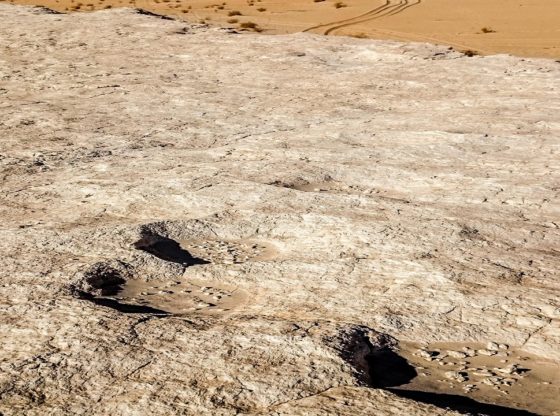
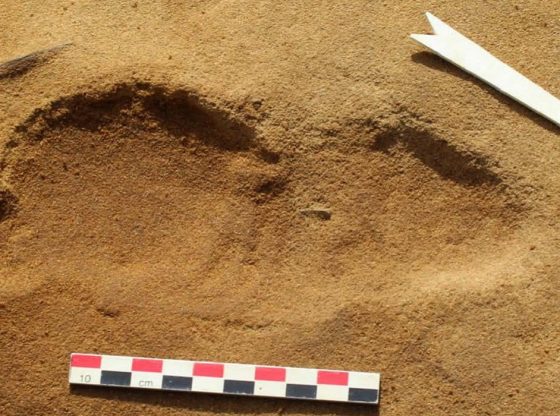
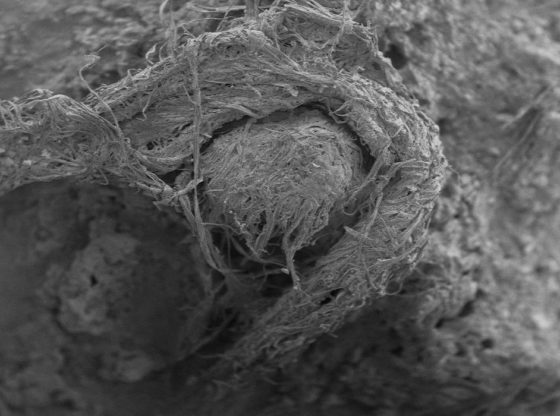
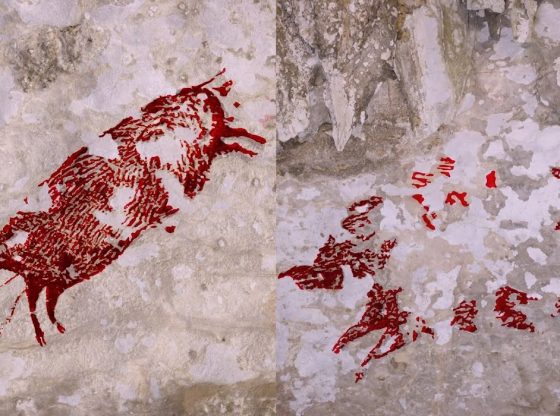
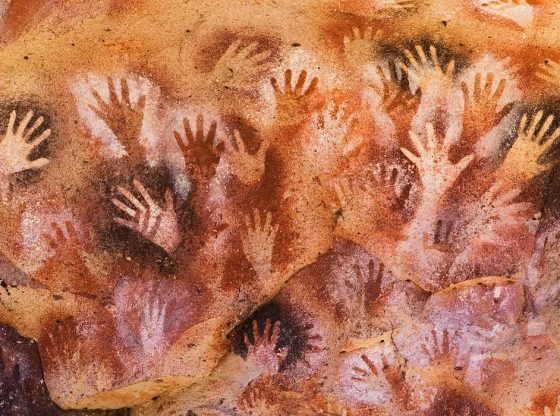
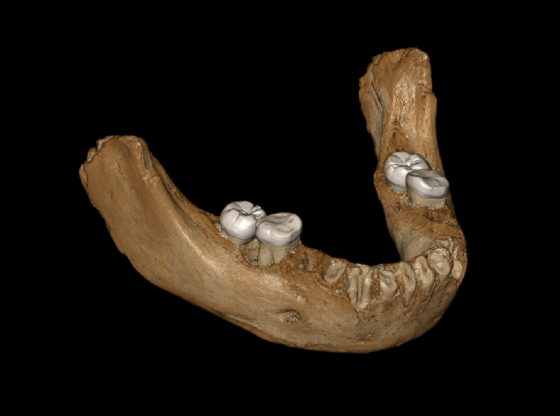
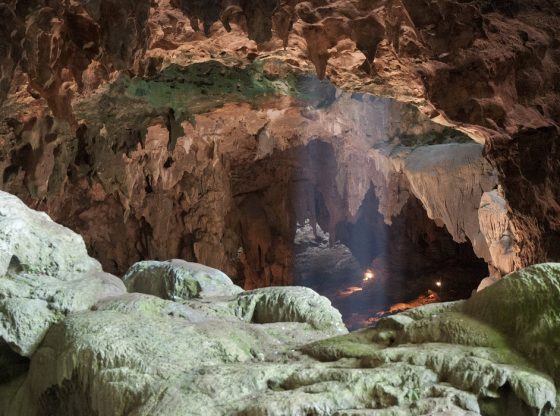
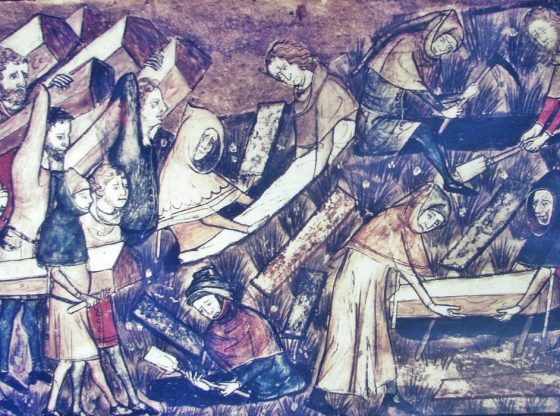
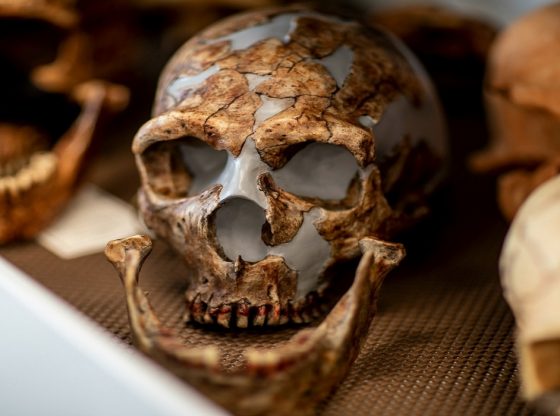
![OpenAI. (2025). ChatGPT [Large language model]. https://chatgpt.com](https://www.illustratedcuriosity.com/files/media/55136/b1b0b614-5b72-486c-901d-ff244549d67a-350x260.webp)
![OpenAI. (2025). ChatGPT [Large language model]. https://chatgpt.com](https://www.illustratedcuriosity.com/files/media/55124/79bc18fa-f616-4951-856f-cc724ad5d497-350x260.webp)
![OpenAI. (2025). ChatGPT [Large language model]. https://chatgpt.com](https://www.illustratedcuriosity.com/files/media/55099/2638a982-b4de-4913-8a1c-1479df352bf3-350x260.webp)








